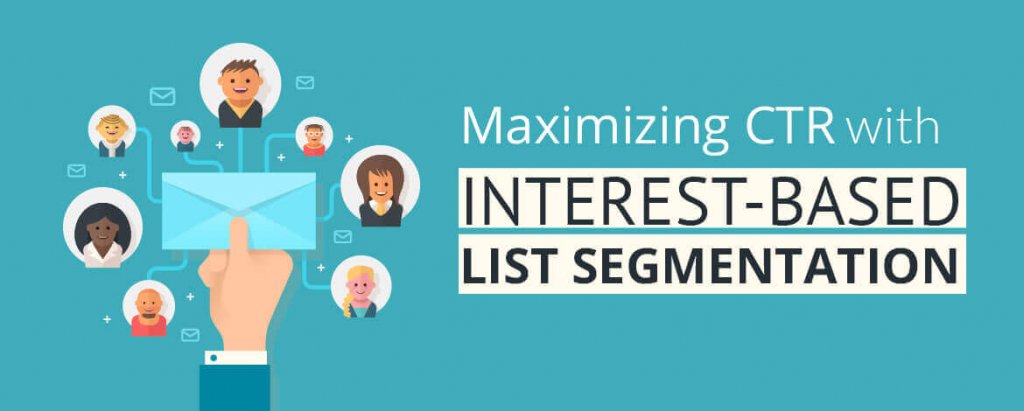Approximately 205 billion emails are sent per day globally, out of which only 10% are user-oriented emails. A recent survey has predicted that in 2016, there will be over 2.6 billion email users worldwide, which shall increase to 2.9 billion by the end of 2019. So with every user receiving around 10 different mails about various offers and newsletters, ever wondered how many get opened; and how many get converted into sales?
One of the prime factors to increase your CTR is to personalize according to your subscribers’ taste. If your subscribers are spread across the globe, it can be a Herculean task to know about them personally. But don’t fret! We share with you some divine tips on how you can create a highly deliverable subscribers list, based on interest-based list segmentation. In short, the purpose of interest-based list segmentation is to customize your email contents in accordance to your subscribers’ interests. But, how do you make the list segmentation based on interest?
Personalization is the name of the game – Choose your Players well
There are countless ways to increase the results you get from email marketing. A survey by Listrak suggests that 80% of email subscribers find it useful when emails feature recommended products based on their past purchases; while another 71% preferred receiving emails based on what they have looked at online. Moreover, it is found that 54% US & Canadian consumers consider ending their brand loyalty if they were not given tailor-made, relevant content & offers.
When you segment people based on the No. 1 problem they’re having or their most current requirement, and offer them options that can help resolve them, it builds instant trust and credibility.
Careful segmentation of your email list as per your subscribers’ interest can help you cater to different solutions and suggestions based on certain behavioral data. But before you start segmenting, you need to decide the different customer data required to customize your content and how to collect them as well.
Walkthrough: Collecting Data for List Separation
There are several ways you can collect user data and implement list segmentation at different stages of customer interaction based on ‘interest’.
-
- List segmentation at Landing Page: Your readers can select their choice of content at the landing page itself. This way, depending on the various selections, they get customized newsletters and updates.
Depending on what your subscribers click on the landing page, they shall get customized content.
- Segment at Welcome Email List: The unwritten code of email marketing is to make your subscriber feel comfortable by sending them a Welcome Email. By suggesting them to fill out a form in the welcome mail itself helps you define their area of interest.
- Pei Wei welcomes with a strong positive message which compels subscriber to take action
- List segmentation at Landing Page: Your readers can select their choice of content at the landing page itself. This way, depending on the various selections, they get customized newsletters and updates.
You can make use of services provided by Typeform to create a form as shown in the example below.
But make sure the email body should answer the following three questions.
- Why should I take the survey?
- What would I get for taking it?
- How long shall it take for to me complete?
The more questions you ask, the more personalized the data shall be; but make sure your email do not end with a questionnaire, as that might also demotivate subscribers. It is advisable to ask max 3-5 questions.
When the subscriber click any of the link, Survival Life provides accordingly crafted contents.
-
- Periodical change in preferences: Many a times your subscribers’ preference can change with time. Sometime it results in greying subscriptions and abandonments, but by sending a reminder mail periodically, you can provide a chance for them to manage their preference.
A strong CTA and body copy by LOFT offering subscribers to change their preferences.
2. Based on Past Purchases and Web History: Rue La La has made a good use of their database when triggering emails to drive sales and for customer retention. The mail is personalized according to the customers purchasing behavior as it intimates the customer about the same sale from which the subscriber had made a purchase previously. Also, they are offering a “Free Shipping” incentive to induce the customer to take an action.
Takeaways:
- Increase your CTR by personalizing as per our subscribers’ taste. By providing specific solutions, you build instant trust and credibility.
- Survey Forms should ask minimal questions (max 3-5 questions) and not become a questionnaire.
- Offer periodical change in preferences as a re-engagement tactic.
- Email offered to subscribers created on the basis of Purchase-history based segmentation, generates high CTR since 80% users likes to receive emails that corresponds to that.
